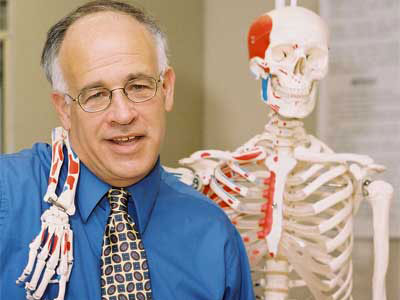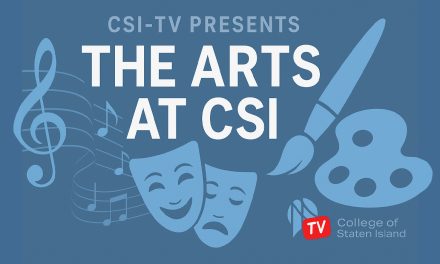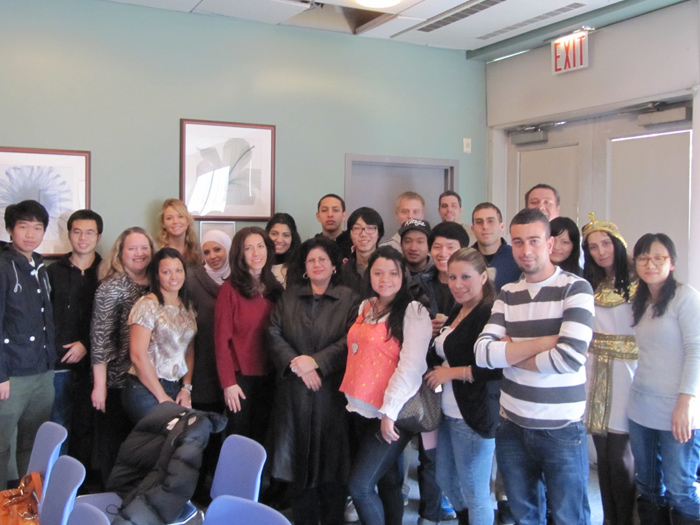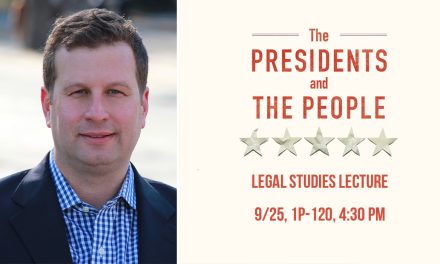The Beijing Olympics have recently wrapped up, leaving behind another list of medal winners, but also a number of injured athletes.
Jeffrey RothmanIn an effort to decrease the number of sidelined athletes on their national team, prior to the games, the Chinese Olympic Committee invited Jeffrey Rothman, PT, EdD, Chair of the Department of Physical Therapy at the College of Staten Island and Graduate Center of The City University of New York, to China to co-present a “Workshop for National Team Doctors.” Joining Rothman were Judi Laprade, PT PhD, Adjunct Professor at the University of Toronto and Bill Holcomb, PhD, ATC, Associated Professor in the Sports Injury Research Center at the University of Nevada in Las Vegas.
Rothman reported that before he arrived the Chinese “had a high incidence of injuries and a number of the athletes were suffering what they call ‘Overuse Syndrome’—they were basically pushing themselves for the Olympics and suffering injuries. I’d done some work in this area and knew indirectly some of the people who were trained in the United States, went to China, and were helping the Chinese athletes.”
While in China, Rothman and his colleagues organized presentations to meet the needs and interests of Chinese team doctors (a group of 40 professionals, including chiropractors, physical therapists, orthopedic surgeons, and an emergency room physician who train the athletes to prevent injuries). The goal of the workshop was to provide the team doctors with practical and clinical information on using North American traditional rehabilitation techniques to prevent and treat sports injuries. The Chinese team doctors employ traditional Chinese medicine, which includes the use of herbs, acupressure, acupuncture, and manipulation for the management of sports injuries.
Workshop topics included Immediate Management of Common Athletic Injuries, Evaluation of Athletic Injuries to the Upper and Lower Extremities, Sports Taping, Strengthening through Manual Therapy, Prevention of Injuries to the Spine, and Programming Techniques to Prevent Overtraining and Under-recovery.
Reflecting on his experiences, Rothman said that one of the best aspects of the visit for him was “the informal exchange of information and sharing ideas. [The Chinese] also have a lot to offer. It was a nice blending of traditional Chinese medicine with North American medicine… In terms of physical therapy,” Rothman continued, “I think what we picked up was the fact that their acupuncture and the types of medicine that they provide are definitely something that people in North America should be able to learn from. I think in terms of physical therapy, there is a lot going on at that end and I think that we should learn more about it…”
Rothman also stressed that the Chinese were both gracious and grateful for the information that he and his colleagues imparted.
Rothman says that he has already shared some of what he has learned in China with his students back at CSI and that the China/U.S. dialogue will continue after the Olympics with exchanges of faculty, students, and research. “I’m looking forward to that,” said Rothman. “It wasn’t just the one trip; it will lead to other things.”


















